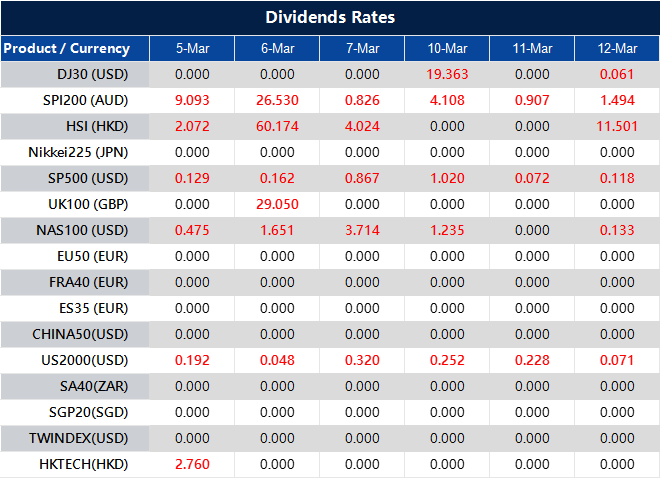China will lower its Reserve Requirement Ratio (RRR) at a suitable time, according to official sources. The China Securities Journal has suggested that there may be two cuts to the RRR in 2020, a prediction echoed in various reports.
The Reserve Requirement Ratio is a regulatory measure that affects the amount of funds banks must hold in reserve. By adjusting this ratio, the government aims to manage economic activity and ensure liquidity in the financial system.
Effects Of Lowering The Reserve Requirement Ratio
Lowering the Reserve Requirement Ratio (RRR) frees up capital for banks, allowing them to lend more. This influences borrowing costs, credit availability, and overall economic conditions. When reserves are reduced, financial institutions have greater flexibility, which can spur investment and spending. Such measures are often introduced to support economic momentum, especially when external pressures or domestic constraints arise.
Sun Guofeng, representing the central bank’s monetary policy department, affirmed that adjustments would be made at an appropriate moment. Statements like these indicate that authorities are preparing to act but will time their moves with care. We have seen similar approaches before—when economic uncertainties develop, liquidity management becomes an essential tool. Policy decisions of this nature typically aim to maintain stability while encouraging growth.
A reduction in reserves usually affects interest rates, as additional liquidity tends to ease funding conditions. The extent depends on how much capital is released and how market participants react. Lower borrowing costs can increase demand for loans, providing companies with resources for expansion and strengthening household purchasing power. However, if applied at the wrong time or with insufficient control, excessive liquidity can lead to unintended consequences. Managing these risks remains an ongoing focus for regulators.
Lian Ping, formerly of the Bank of Communications, indicated that potential adjustments in the coming months could complement other economic policies. His remarks align with previous central bank actions, which have often incorporated a mix of liquidity tools and interest rate changes to achieve broader objectives. With external conditions shifting and internal factors at play, authorities will be weighing their next steps carefully.
Global Influences On Policy Decisions
Global conditions also shape these decisions. External trade relationships, financial market movements, and shifting growth patterns influence domestic policy choices. We have observed this before—policymakers assess both short-term pressures and longer-term priorities before implementing adjustments. While RRR cuts serve as a tool to inject liquidity, they are usually paired with measures to balance growth and control risks. Financial institutions must navigate these changes while aligning their strategies with the central bank’s direction.
It is worth noting that past reductions in the RRR have varied in both scale and frequency. Some adjustments have been broad, affecting all banks, while others have been targeted to support specific sectors or institutions. The impact depends on how funds are directed—whether towards businesses, infrastructure projects, or consumer lending. Authorities have stressed the importance of guiding credit towards productive sectors while limiting excessive speculation.
Expectations surrounding monetary policy shifts often influence market behaviour before formal announcements are made. When hints of upcoming changes emerge, financial participants adjust their positions accordingly. The timing, scale, and messaging accompanying any move will be closely examined. Market reactions will reflect confidence levels in broader policy objectives.
Authorities maintain a balancing act between fostering growth and ensuring financial stability. While an RRR adjustment provides immediate support, long-term economic health depends on complementary strategies. Markets will continue analysing central bank signals for insights into upcoming steps.












